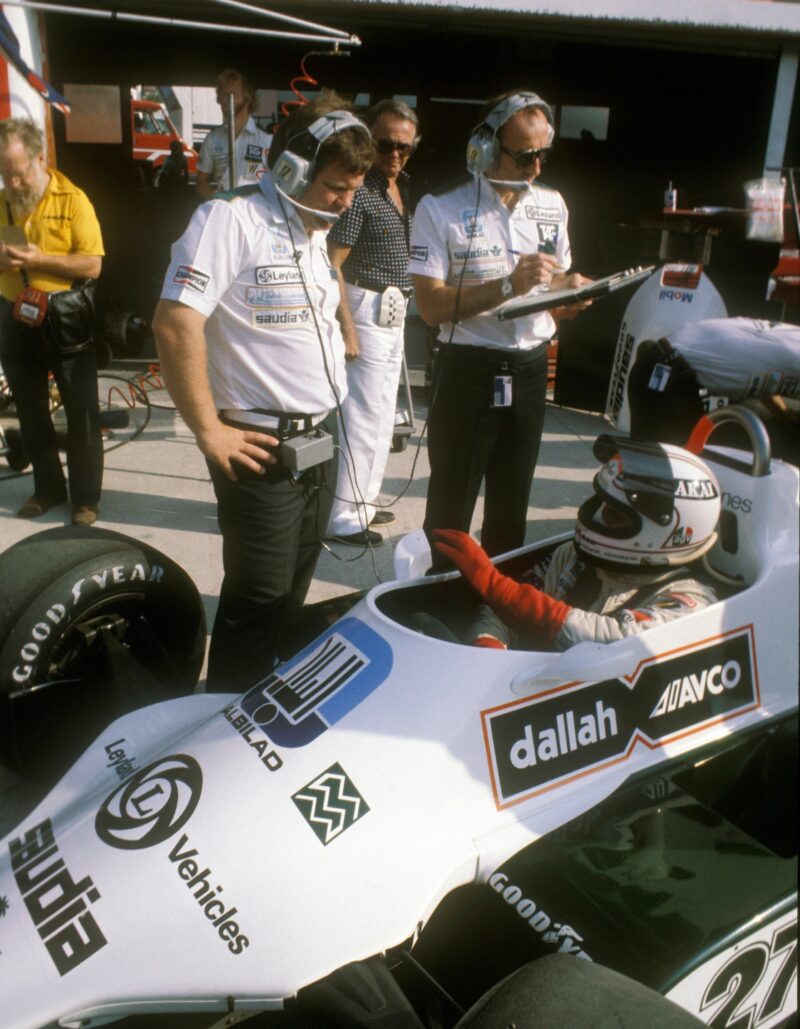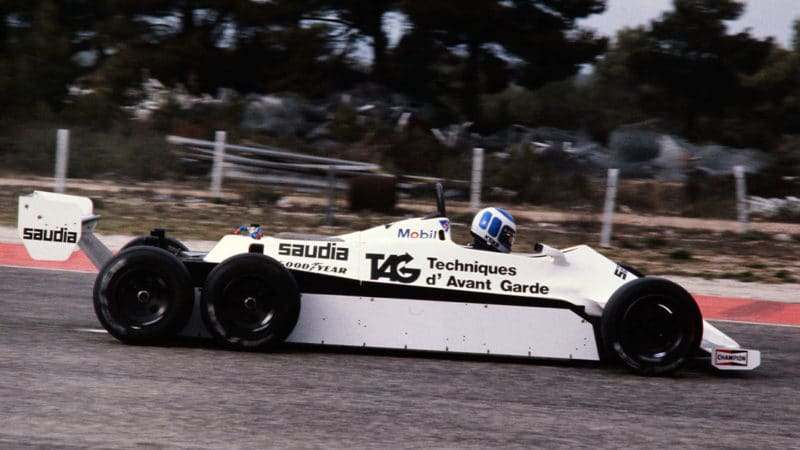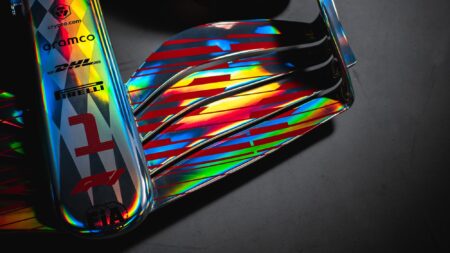In what has been described as the biggest set of chassis regulation changes in nearly 40 years – since ground-effect aerodynamics were outlawed by the short-order introduction of flat bottom F1 cars for 1983 – speculation remains rife whether the opportunity presented by the return of ground effects will lead to a genuine shake-up of the world order. Mercedes-AMG technical director Mike Elliott told us that will probably come down to who finds a “loophole” to exploit, then “whether it’s easy to copy or not”. Brawn GP and its controversial double-diffuser in the 2009 re-set season is the prime example from history.
Back in 1983, the unpredictability of the final ground-effects season of ’82, when a remarkable 11 different drivers won grands prix for seven different teams, continued into the new era when five constructors won the first five races: Brabham, McLaren, Renault, Ferrari and Williams. A repeat of history in that respect would be most welcome.
But for one of those teams 1983 remains a missed opportunity, because a game-changing loophole was sewn up just as it was about to be exploited – separate to the new flat-bottom rules. Those involved in the six-wheel Williams remain adamant it would have kept the team in the mix for the title as a means of prolonging the competitiveness of the venerable Cosworth DFV in the emerging turbo age, at a time before the team had begun what would be its successful partnership with Honda.
Unlike the Tyrrell P34 of 1976/77, Williams’s six-wheeled route revealed a concept based around four equally sized wheels at the rear rather a miniature quartet at the front “We sat down and said ‘what are we going to do about the fact we can’t get a turbo engine?’” says co-designer and Patrick Head’s right-hand man Frank Dernie. “Our deficit was a great deal more than we realised, about 160hp.”

Head says that following Jones testing of the six-wheeler, Williams focused exclusively on the concept
Grand Prix Photo
The answer was to seek an ‘unfair advantage’. “People blame engine power on how fast they are down the straight,” says Dernie, “but when you do the sums drag makes at least as big a difference, if not more. It was pretty damn obvious that the rear tyres were the big drag thing. I designed a gadget for measuring wheel drag and it showed that if we put a front wheel at the back, it was quite a useful reduction in overall drag.”
A complex transmission to drive all four rear wheels was fitted to an FW07 in late 1981 for world champion Alan Jones to test (not long before he shocked the team by quitting F1). “Patrick was happy that we had reduced the drag, but his biggest concern was will the thing go straight on at the corners?” says Dernie. “Effectively having four driven wheels pointing straight ahead he felt might give us impossible-to-drive understeer. So we decided to run it on some tight tracks to see.
“The ban was incredibly annoying because we had put almost no work into anything else for quite some time”
“Once it was clear the driver couldn’t even tell it was a six wheeler – they used to forget! – it was just quicker: it had better traction, it had less drag, it turned in fine, it didn’t have any more understeer than any other car. Patrick was then concentrating pretty darn hard on how he was going to get it down to the weight limit.”
Testing continued in 1982 with the transmission now fitted to an FW08 – but the car was destined to be shelved. The FIA intervened, not for the last time as 1983 approached, and banned both 4WD and six-wheelers.
“It had become very obvious to all the teams that our testing was going extremely well,” recalls Dernie. “They all realised that if our six-wheeler was going to be competitive, everyone would have to build one. Firstly, that would cost loads of money, and secondly, that would put them at least a year behind us.”
With hindsight, he makes a big admission: “What would have happened next?” he asks. “Eight wheelers? Or ground-effect cars with a string of tiny wheels all the way down the side… It could have opened the floodgates. [The ban] was incredibly annoying because we had put almost no work into anything else for quite some time, both in the drawing office and in the wind tunnel. It was absolutely galling for us. But if you think about it from a distance it was probably a good thing.”



